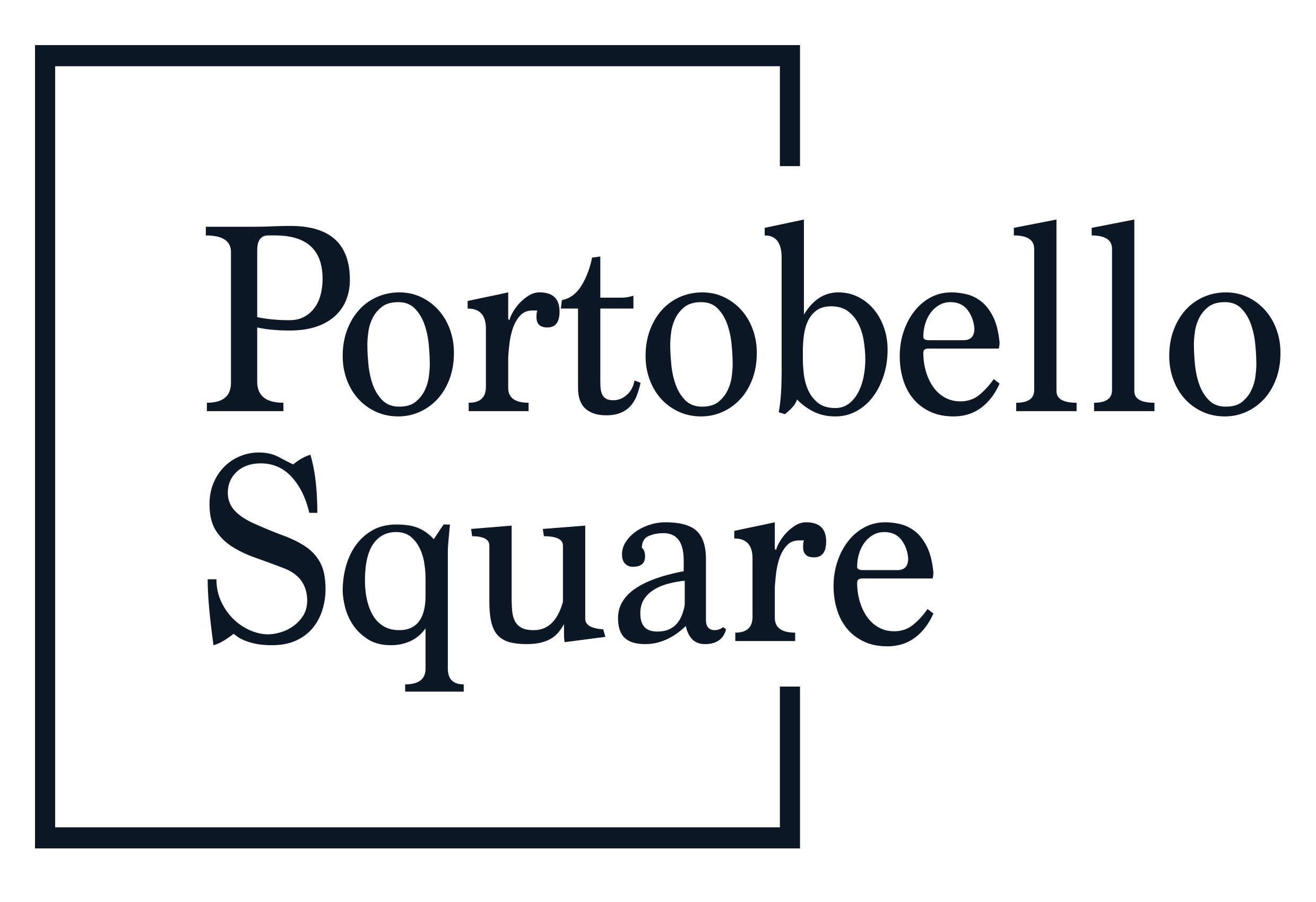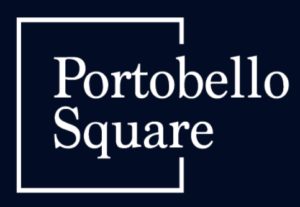History
,
19th century
The Wornington Green estate is located on what, historically, were the fields of Portobello Farm. Portobello Lane was a country lane and the primary route linking housing at Kensal Green to what is now Notting Hill Gate.
Towards the end of the 1800s, most of what was the Wornington Green Estate was Victorian terraced houses mainly fronting along Portobello Road and Wornington Road.
20th century
In the 1970s, much of this existing housing was demolished as part of slum clearances, when the Wornington Green estate was built by Kensington Housing Trust.
The estate originally had 538 homes made up of 14 blocks and was based on large blocks of flats based around landscape courtyards and parking courts. Walkway access and single points of entry were common across the estate. However, it was felt that this segregated the community on the estate from the wider community.
Kensington Housing Trust (KHT) sought to make improvements to the estate in order to deal with some of the issues in the core design. This included removing some of the walkways and improvements to the communal entrances. However, these were not felt to have been successful.
21st century
A Housing Needs Assessment was commissioned by KHT in 2005. It found that the estate no longer met the needs of residents. There were issues with both overcrowding as well as under occupancy. Furthermore, there were also issues with security, anti-social behaviour and a lack of maintenance and management.
It was also felt that Athlone Gardens was underutilised as a public park, partly because of its layout. In addition, The Venture Centre, a council owned Community Centre, was poorly designed, had become run down and was becoming more difficult and expensive to maintain.
With an overarching consultation strategy and vision for the future of the estate, KHT engaged with PRP Architects to carry out an Options Appraisal.
In 2007, KHT’s board voted in favour of pursuing full redevelopment. It was felt full development could secure long term benefit and achieve the vision set out for the estate.
Following further consultation, PRP Architects prepared a new masterplan for the Wornington Green estate that was submitted to RBKC for planning consideration in 2009. In 2010, RBKC granted planning approval for the new masterplan of Wornington Green. This was supported by a Development Agreement between RBKC, Kensington Housing Trust and Catalyst.
Main aims of the regeneration
- Keep the community together. Those tenants on the estate who want to remain at Wornington Green will be guaranteed a new home in the new development
- Reintroduce a traditional street network
- Increase the pedestrian connectivity
- Deliver a new Athlone Gardens as one whole park with a frontage along Portobello Road
- New homes to be provided with private amenity spaces in the form of gardens, patios and balconies
- 100% replacement of the existing social housing on the estate including the delivery of new wheelchair homes
- Tenure blind approach to the design of new homes
- New retail provision along Portobello Road
- Replacement of the Venture Centre
- The heights and massing of the new homes should respect and complement the surrounding area. There will the opportunity for a taller building at the junction of Portobello Road and Ladbroke Grove


